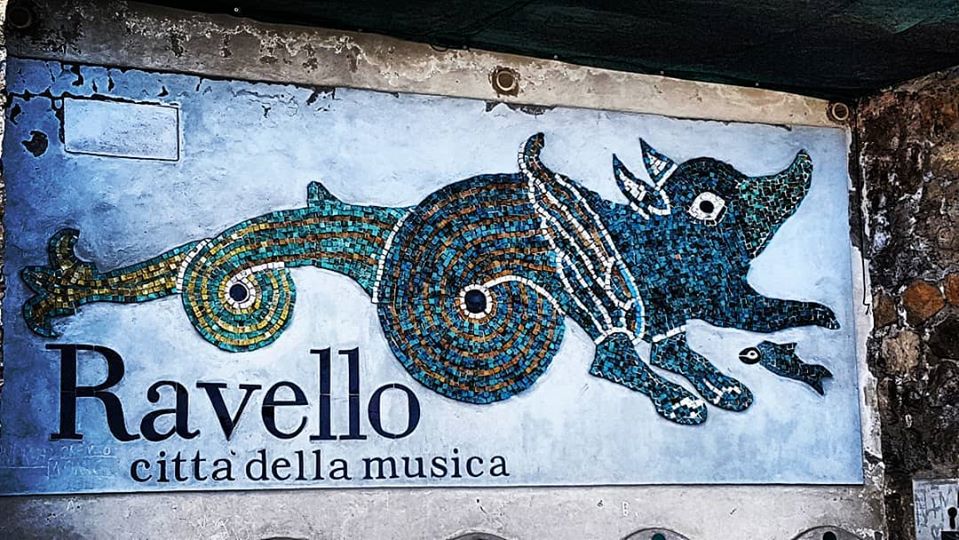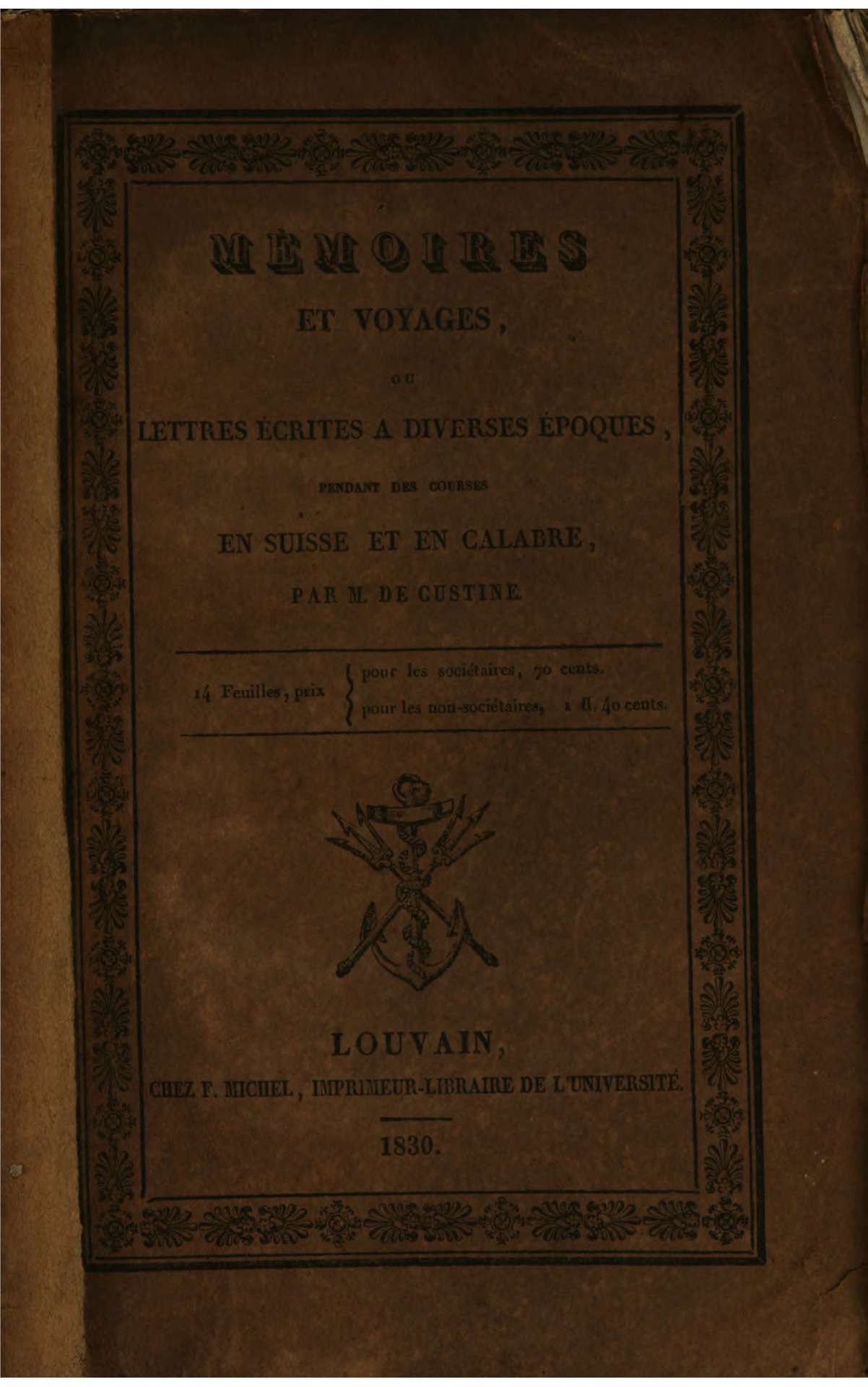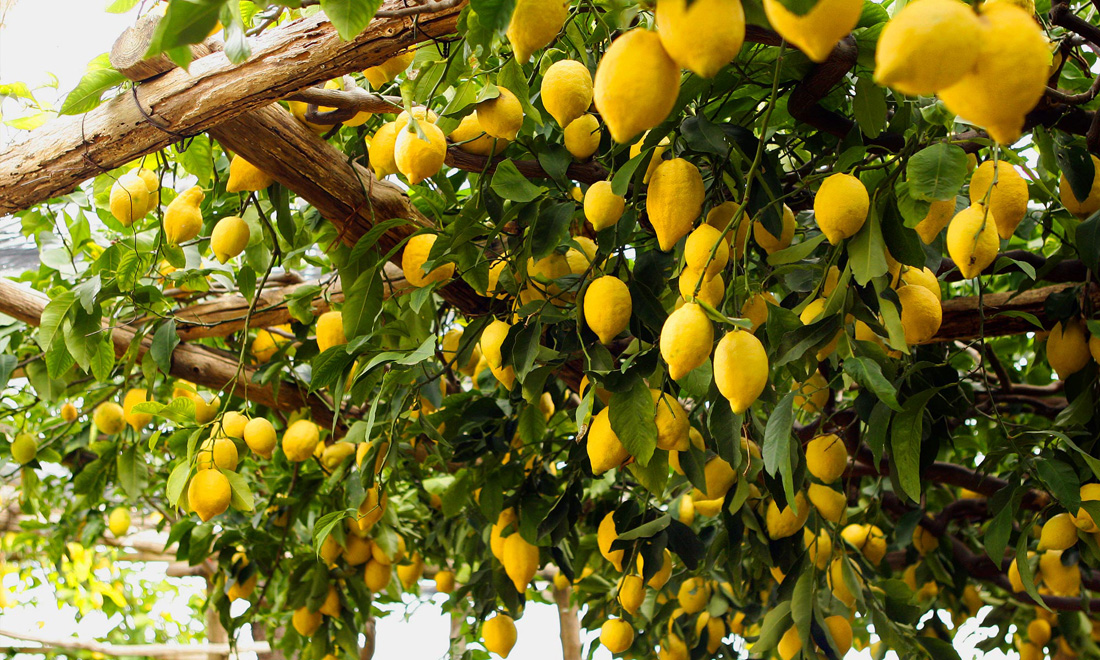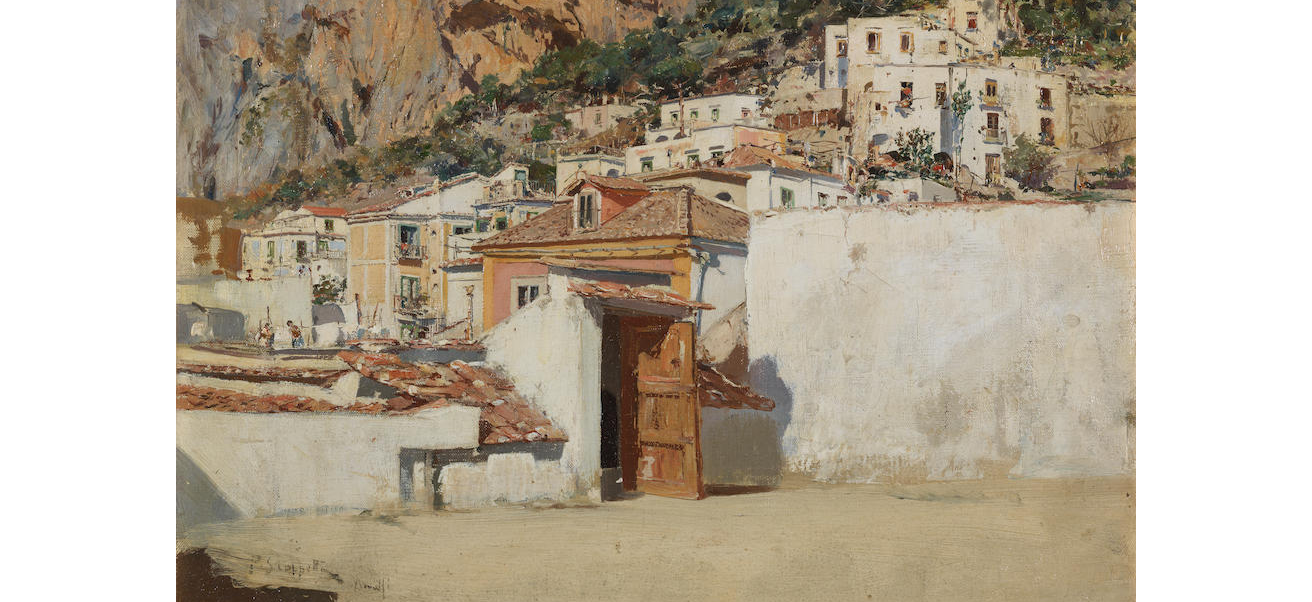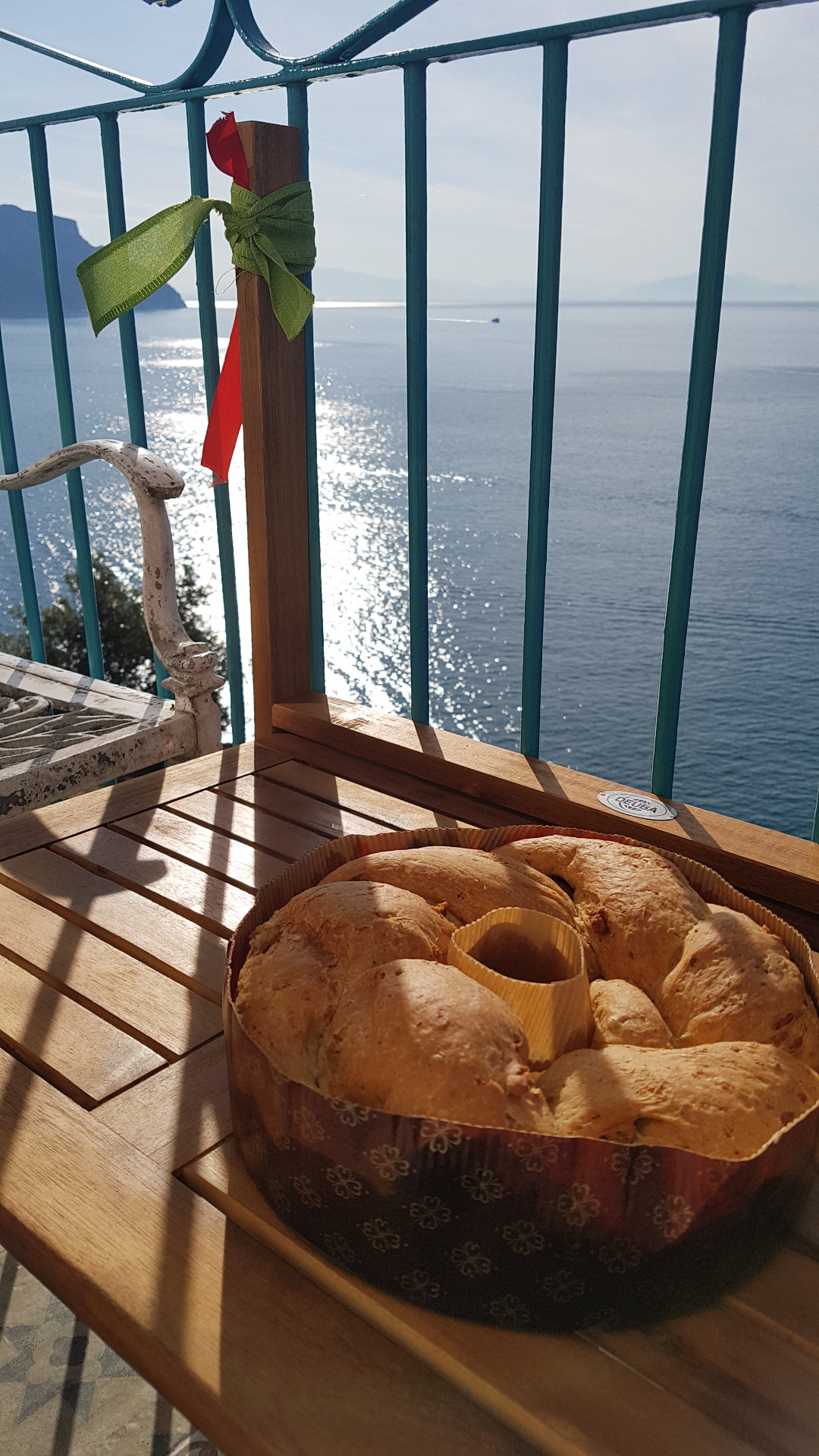"Herr Geheimer Rath von Klenze is known not only as one of the first of living architects-famous, but even as a practical artist in the field of painting so excellent that one can only regret to see him by the main office of this his favorite art so much deducted." (Julius Max Schottky, 1833, quoted in Love/Hufnagl, s. u., p. 52). Leo von Klenze "most important duties" were done in his profession as the preferred architect of the Bavarian king Ludwig I to. After his accession to the throne in 1825, Klenze had, through his position of Trust to the king, and through his position at the head of the construction administration for a decade full impact on the construction industry in Munich and Bavaria. By him for the king designed the building for the city of Munich is characterised until today: for example, the Königsbau of the residence, the system of the Ludwigstraße and the königsplatz, the Alte Pinakothek. As a painter Leo von Klenze was self-taught. In the case of Carl Wilhelm von Heideck, and later with Carl Rottmann he learned the technique of Oil painting. His profession as an architect is reflected in his paintings clearly again: The interest in buildings, in carefully composed landscapes embedded, tightly shaped the city and the views of the Buildings betrayed. Until recently, the merits of Klenzes are highlighted in the architecture literature, his work was first compiled in 1964 by Oswald Hederer, 1979 by Norbert Lieb and Florian Hufnagl edited raisonné of the paintings and drawings appeared. The Oeuvre Klenzes as a painter is limited to 79 positions. His panel paintings, the artist created mainly for affiliates and familiar personalities, many of them are still in private ownership. Not a few of his paintings remained until well into the 20th century. Century in the possession of the own family, so also the present view of Atrani. Already in 1817, Leo von Klenze had begun a private collection of paintings to create. The main part of the same was acquired in 1841/42 by king Ludwig I, the Neue Pinakothek. Klenzes attention to main as a collector was the works of his contemporaries: One of the first paintings he acquired, was a descendant of Joseph rebel, whose "port was the view of Portici la Gran Abella" in 1818 at him. Rebel had, incidentally, made in the same year, a view of Atrani. 1819 Joseph Mallord William Turner dealt with the representation of Atrani - a popular photo motif for the Italy traveller artists of the first half of the 19th century. Century. Leo von Klenze preparatory drawing for the paintings dated from the 12. May 1830 and is in the holdings of the Staatliche Graphische Sammlung in Munich. From April to June 1830, travelled to Leo von Klenze, together with the sculptor Christian Daniel Rauch, Italy. In Rome they met Bertel Thorvaldsen, then they travelled on to Naples, Pompeii, Paestum and Amalfi. While the topographic Situation on this site resulting drawing is accurately represented, decides Klenze in the execution of the painting four years later, for a Variation, especially with regard to the landscape foreground and gives the paintings additional "picturesque" weight. Literature: report on the inventory and the Work of the art Association in Munich, for the year 1834. Munich, 1835, P. 40, No. 118. - Feuchtmayr, Inge (Red.), Leo von Klenze as a painter and draughtsman. Exhibition catalogue of the Bavarian Academy of Fine arts, Munich, 21. October 1977 - 29. In January, 1978. Munich, 1977, p. 89, catalogue no G 41: the present painting with the above-mentioned signature. - Lieb, Norbert / Hufnagl, Florian, Leo von Klenze paintings and drawings. München 1979, p. 98, catalogue raisonné no. 34 (the painting) and p. 174, catalogue raisonné no. 138 (the drawing). - Ricciardi, Massimo, La costa d'amalfi nella pittura dell'ottocento. Salerno, 1998, p. 72 figure 88. Provenance: Hippolyt von Klenze (1814-1888), son of the artist. - Irene Atheneis von Klenze, verh. Countess Courten (1850-1916). - Family-owned Courten until 1960. - 1960 donation of the painting to the Bavarian state painting collections (Inv.No. 13077). - 1968 return of the painting at the request of the giver. - Private Possession, Switzerland. - South German Private Collection. Exhibition: Kunstverein, Munich, 1834
Source: © Very Important Lot

